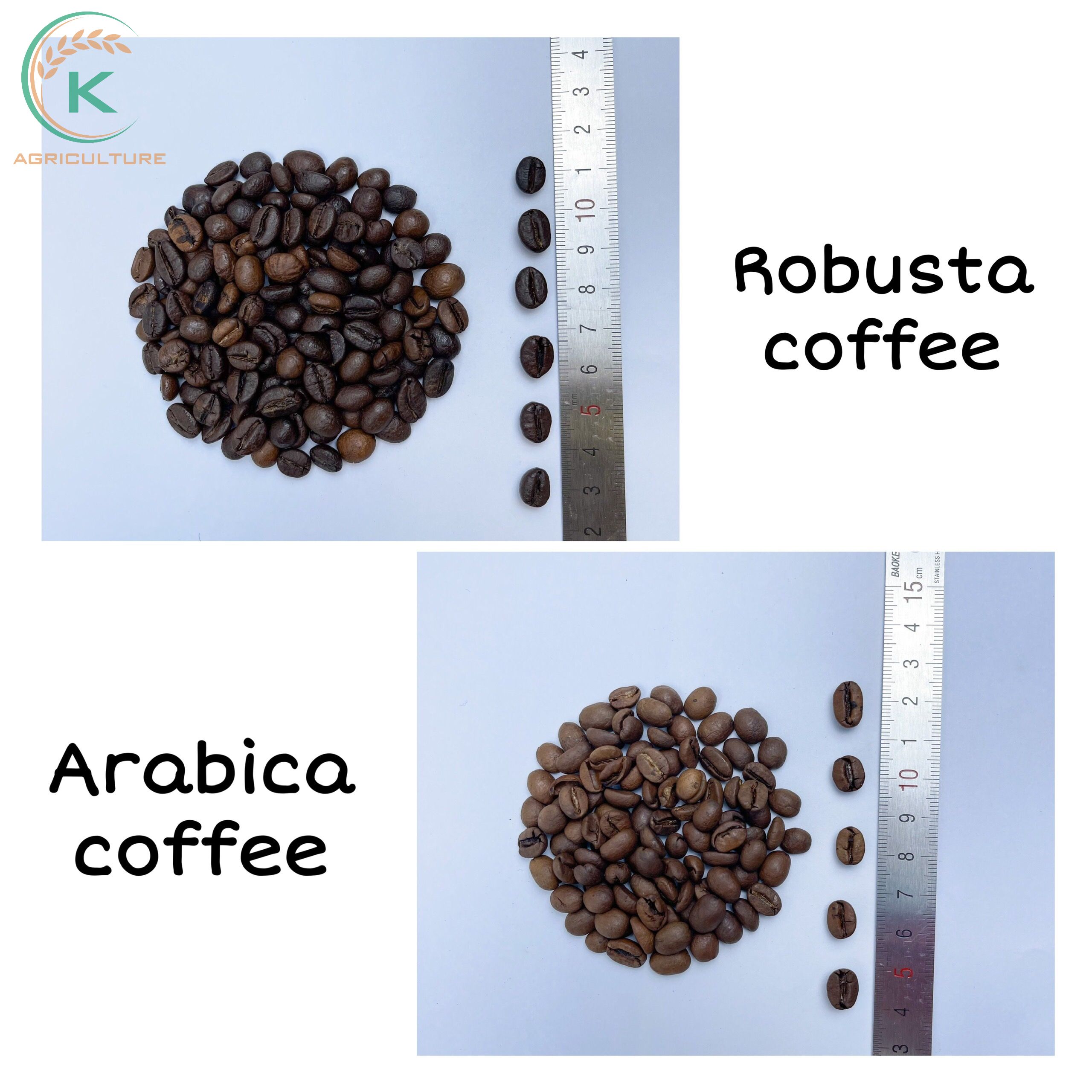The wholesale coffee bean market is always active and profitable, which is why many coffee exporting countries target it. The price of wholesale coffee beans is heavily influenced by modest variations in supply, consumption, or external factors such as the environment, economics, and politics, as it is a price-sensitive commodity.
Mục lục
Wholesale coffee beans are those that are sold in large volume to exporters, corporations, distributors, resellers, and occasionally bulk buyers for a business or café.
The price of Arabica coffee has risen steadily over the last three MYs, but the price of Robusta coffee fell in MY 2019/20 before rising in MY 2020/21.
| No. | Type of coffee | MY 2018/19 | MY 2019/20 | MY 2020/21 |
| 1 | Colombian Milds | 2907.2 | 3414.5 | 4226.5 |
| 2 | Brazilian Naturals | 2247.5 | 2385.9 | 2982.9 |
| 3 | Other Milds | 2857.0 | 3281.1 | 3973.1 |
| 4 | Robusta | 1691.0 | 1531.9 | 1783.2 |
South America produces 48.8% of the world’s coffee, with Brazil and Colombia accounting for the majority of it. Asia, which is dominated by Vietnam and Indonesia, came in second in terms of output.
Because of various climate-related shocks in Brazil and the tighter lockdown of the Covid-19 pandemic in Asia, the coffee output is expected to decline dramatically in MY 2021/22, while coffee prices are expected to continue to rise, creating concerns about rising logistics costs.

Coffee production in different regions
With the lifting of pandemic limitations and the expectation of further economic recovery, global coffee consumption is expected to rise by 1.9 percent to 10.02 million tons in MY 2020/21.

Coffee production and consumption in last 3 market years
High coffee prices provide wholesale coffee bean suppliers with an opportunity to increase their revenues. Despite the Covid-19 outbreak delaying shipment, global coffee exports have remained constant over the last three MYs, averaging around 8 million tons every MY.

Worldwide coffee export situation
Europe is the world’s greatest exporter of finished coffee, accounting for 35% of total exports, whereas South America and Asia are the world’s two largest coffee-growing regions.

Coffee export value in different regions
Southeast Asia’s climate and terrain are suitable for growing coffee. Furthermore, the region’s history, coffee culture, and competence in coffee production have all contributed to the region’s growing coffee business.

Famous types of wholesale coffee beans
Impacts from the environment and the economy can have a considerable impact on output and wholesale coffee bean pricing.
Coffee trees require favorable weather conditions in order to produce high-quality cherries. Only a few weather variations can have a long-term impact on coffee supply, especially in key markets like Brazil, Vietnam, and Colombia.
Thousands of coffee trees were damaged by frost in Brazil last July, and the world price of coffee is expected to rise in the next 2-3 market years.
In the last two years, the Covid-19 epidemic has had a significant impact on the economy’s trade flows. Many countries’ closures to combat the outbreak have made transporting bulk coffee beans to other countries extremely difficult and costly.